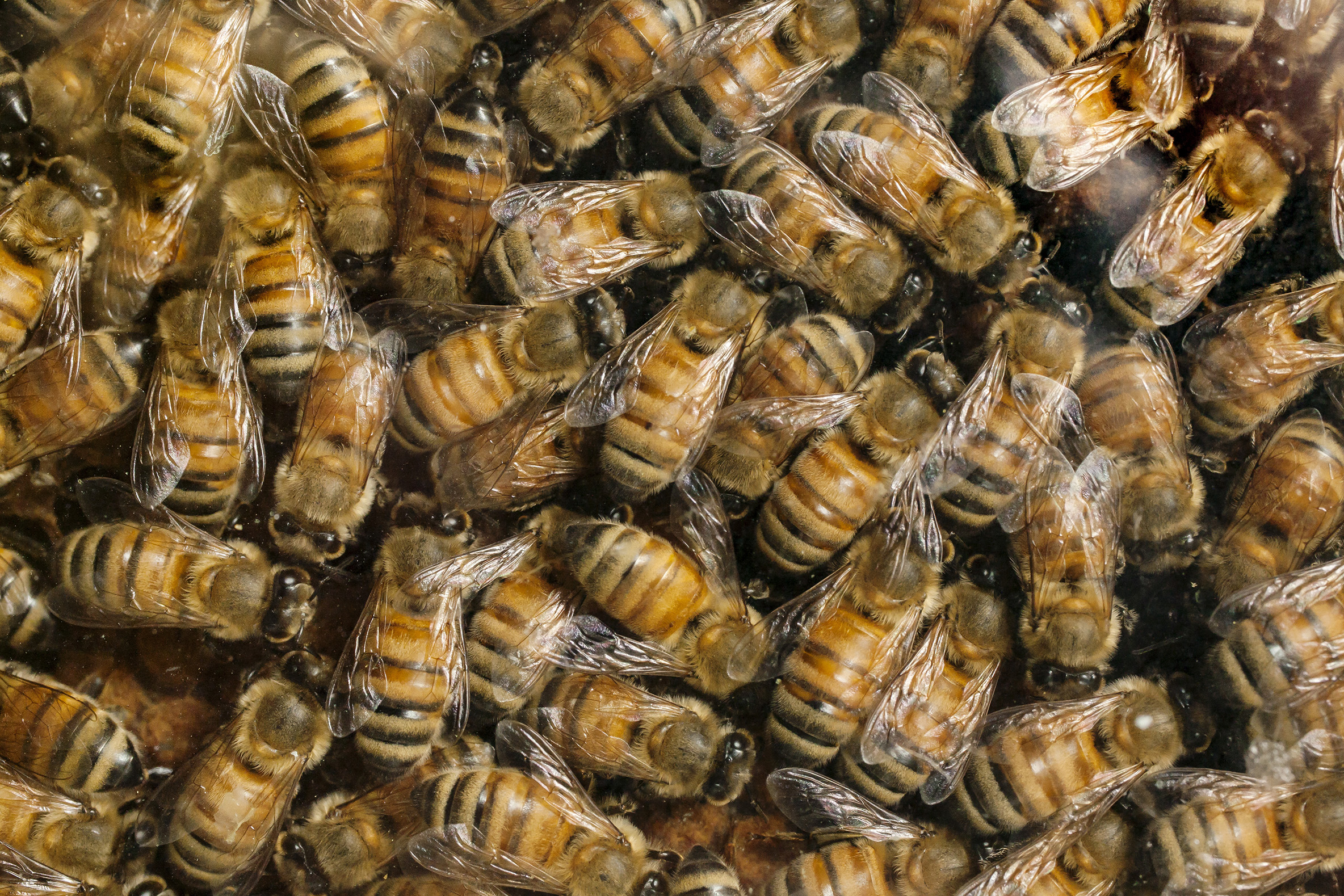The department occupies 20,000 square feet in Morrill Hall, a building completed in 1966. Departmental facilities available to students include laboratories and equipment for most modern biological research, encompassing areas of investigation ranging from the taxonomic, behavioral, and ecological through the biochemical, molecular, physiological, and toxicological.
In addition to departmental resources, the University maintains interdepartmental facilities including those for infra-red analysis, mass spectrometry, nuclear magnetic resonance analysis, peptide sequencing and synthesis, oligonucleotide synthesis, and generation of monoclonal antibodies. Advanced microscopy facilities are available at the Beckman Institute and the College of Veterinary Medicine. The Roy J. Carver Biotechnology Center is one of the most advanced facilities of its kind in the country.
The Illinois Natural History Survey has over 40 acres of agricultural plots and a large inventory of farm equipment, field cages, and sampling tools. Insectaries, controlled environment rooms, and modern greenhouses complement the field facilities. Well-equipped laboratories are available for insect pathology, conventional and molecular systematics, chemical ecology, and environmental chemodynamics. The State insect collection, containing over 5,500,000 specimens and over 3,300 type specimens, is maintained at the Survey for use in systematic studies, identification services, and as a depository for voucher specimens. Our department is also intimately involved in the Social Insect Training Initiative, a program designed to combine research on social insects with cutting-edge techniques and theories to address important biological questions.
The campus includes large research farms and the University maintains a number of natural areas for research and educational purposes. Five nearby tracts owned by the University include upland forest, bottomland forest, and reconstituted prairie. Another nearby tract that was recently under cultivation is now reverting to a natural state. Other natural areas available for study are in southern and northern Illinois. The state includes diverse habitats, ranging from tamarack bogs in the north to cypress swamps in the south.
The University library has over 10,000,000 volumes, the fourth largest holding among the university libraries of the world. Holdings in biology, including entomology, are particularly comprehensive. The University also hosts the National Science Foundation's National Center for Supercomputing Applications (NCSA), which features access to the extensive TeraGrid system of linked parallel processors, allowing large-scale computational analyses in phylogenetics, genomics and ecology.
